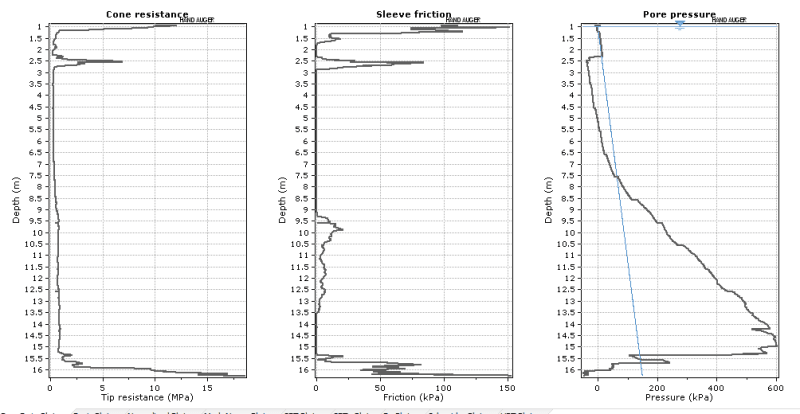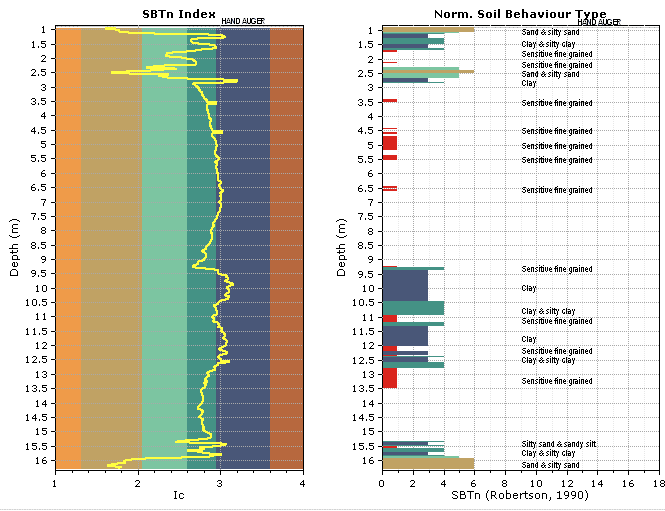kauri
Structural
- Aug 13, 2018
- 36
Hi,
I'm using CPeT-IT, dealing with some very fine organic soils. The soils I'm interested in are determined to be SBTn = 0, which I understand to mean undefined. As a result, I cannot obtain a number of key parameters.
I've figured the reason for this: my soils have very low fs (uncorrected), and Fr < 0.1% (in some cases negative), thus falling off outside of the Modified Robertson SBTn chart. I imagine it would look something like the below:
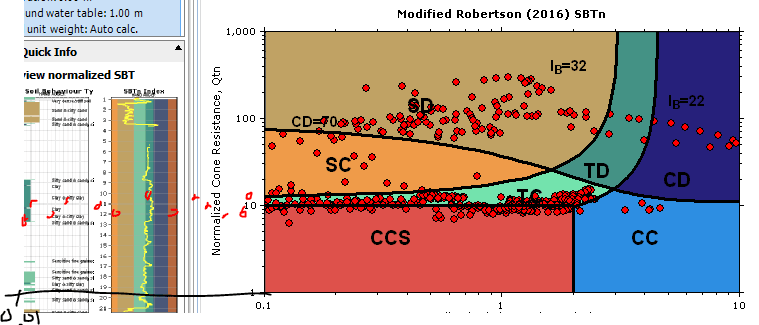
As some examples of the resultant issue:
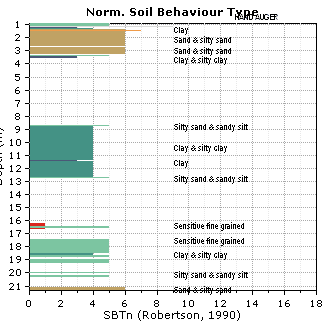
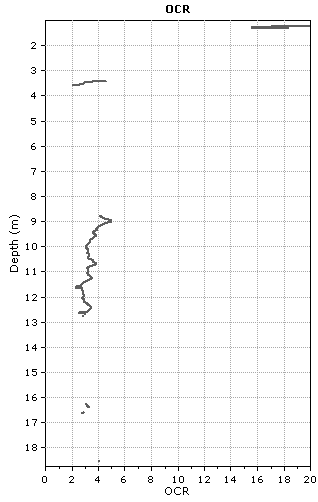
I do not have u3 and cannot correct the fs. How can I calculate other parameters (such as OCR, sensitivity) without manually doing so?
Cheers,
Kauri
I'm using CPeT-IT, dealing with some very fine organic soils. The soils I'm interested in are determined to be SBTn = 0, which I understand to mean undefined. As a result, I cannot obtain a number of key parameters.
I've figured the reason for this: my soils have very low fs (uncorrected), and Fr < 0.1% (in some cases negative), thus falling off outside of the Modified Robertson SBTn chart. I imagine it would look something like the below:

As some examples of the resultant issue:


I do not have u3 and cannot correct the fs. How can I calculate other parameters (such as OCR, sensitivity) without manually doing so?
Cheers,
Kauri

